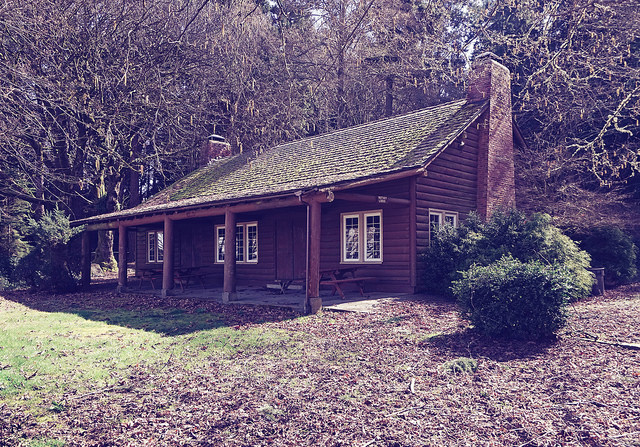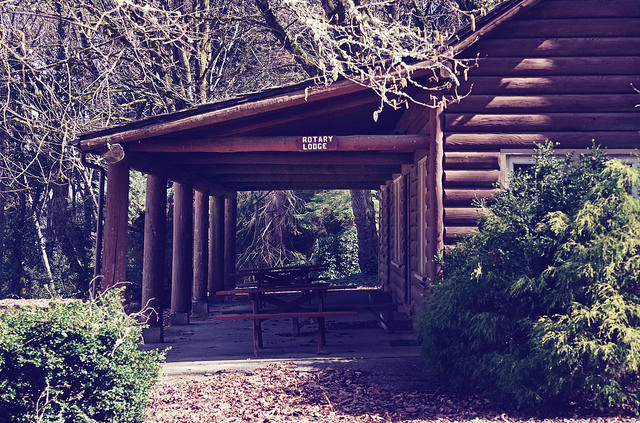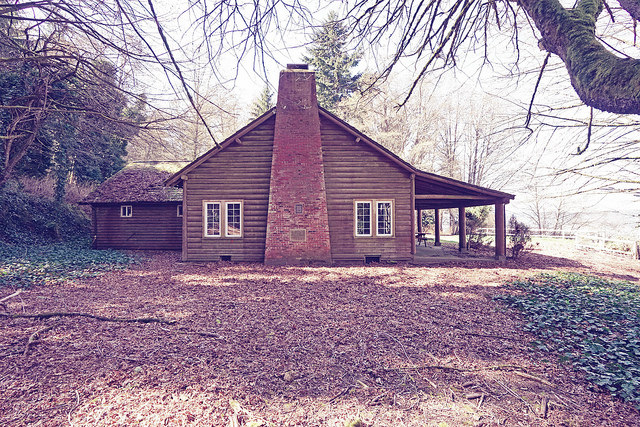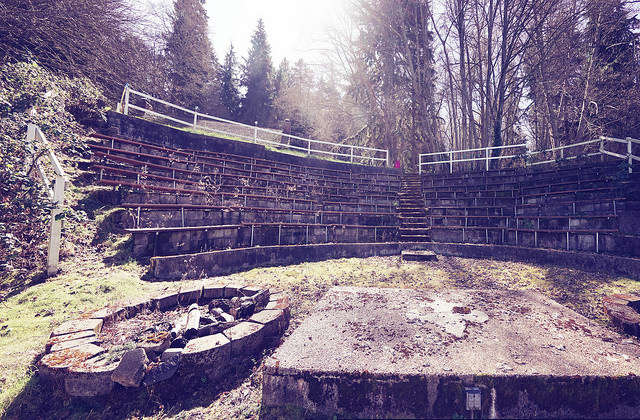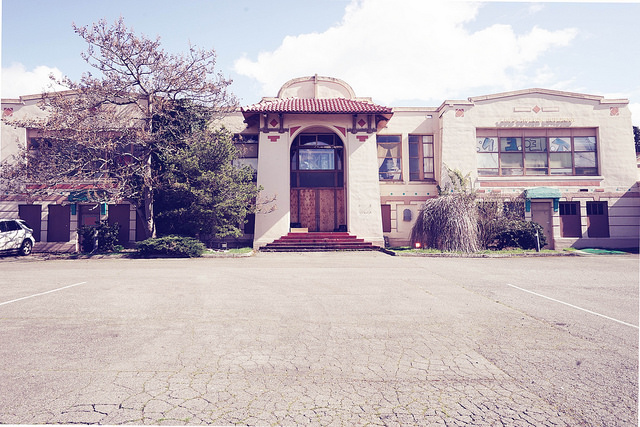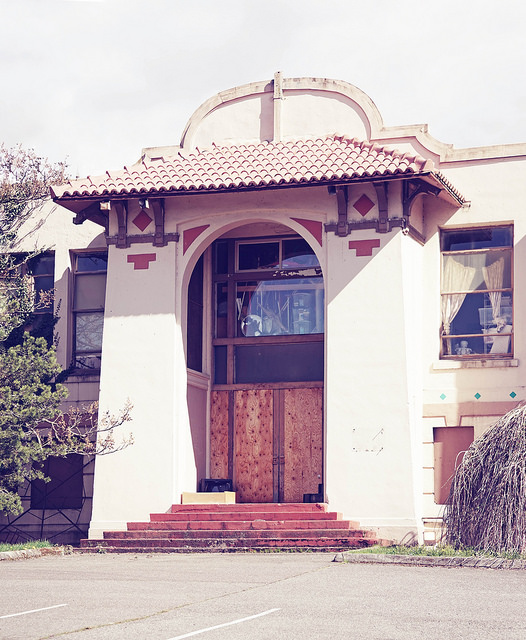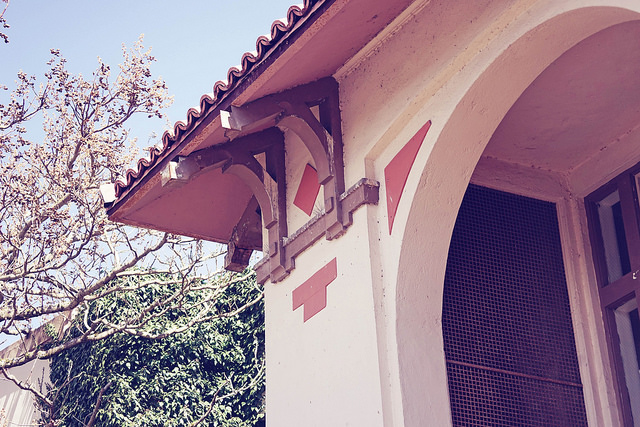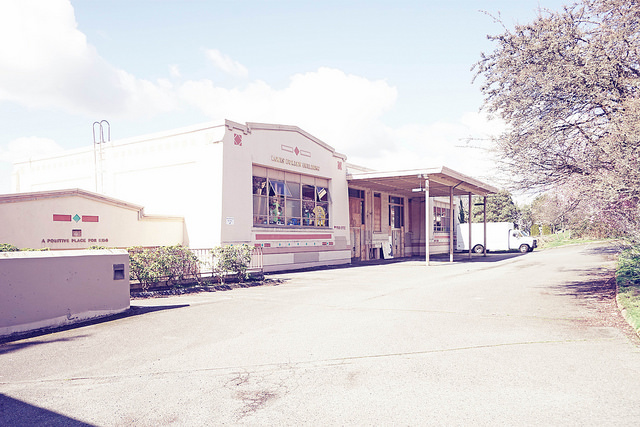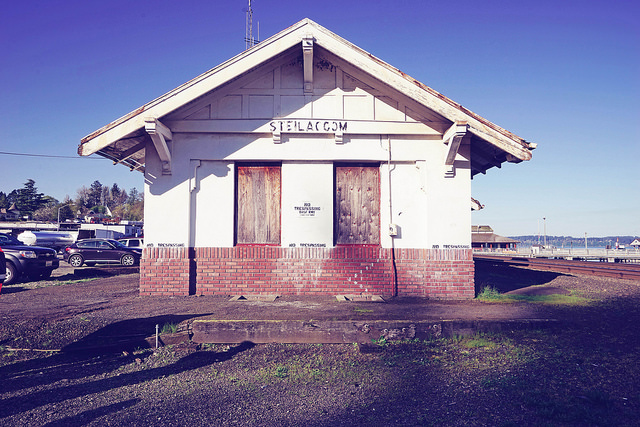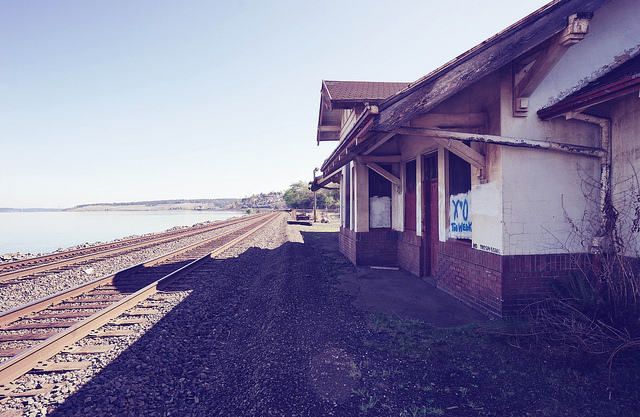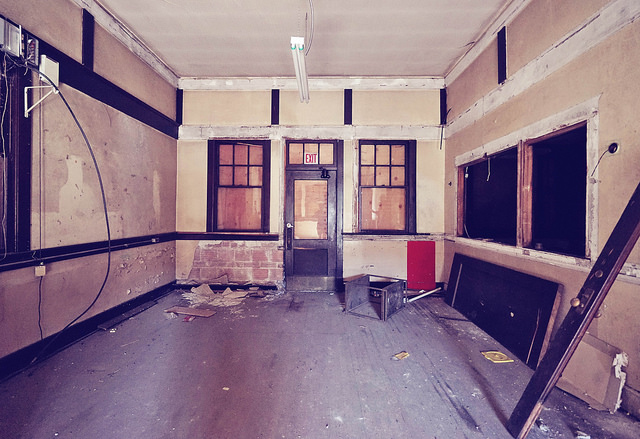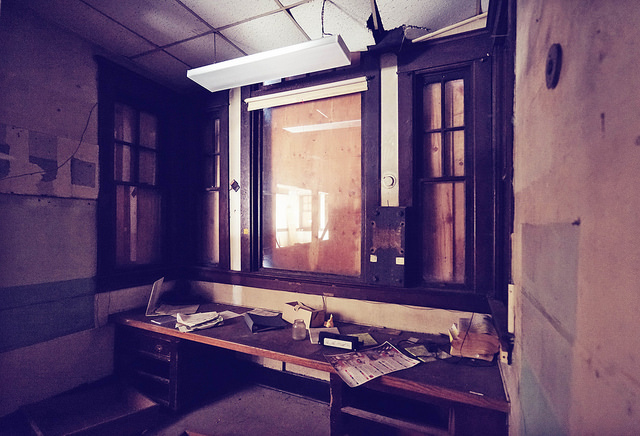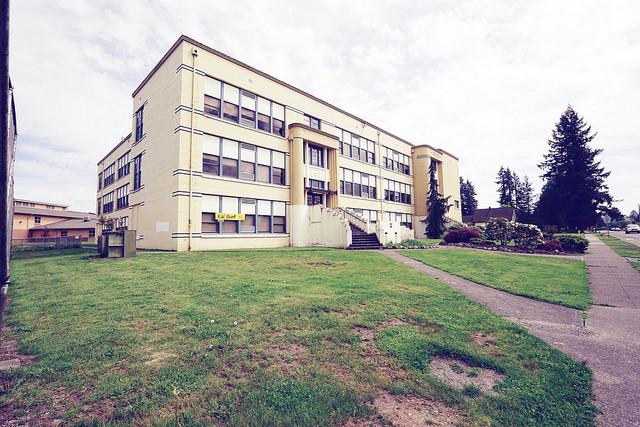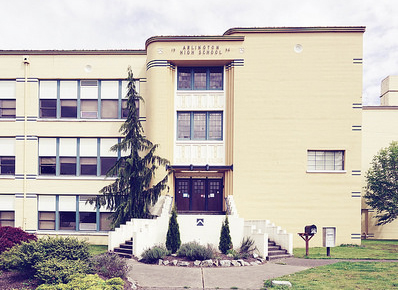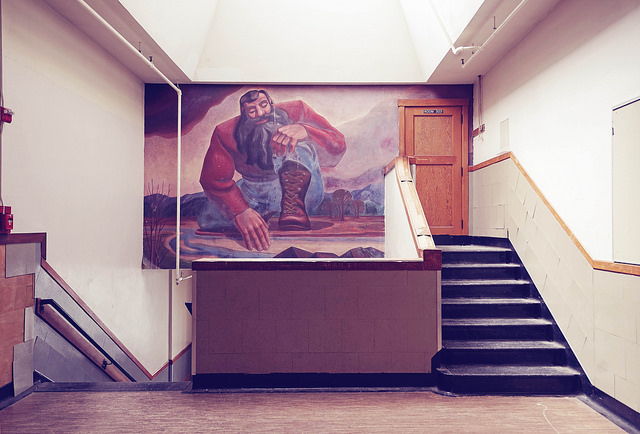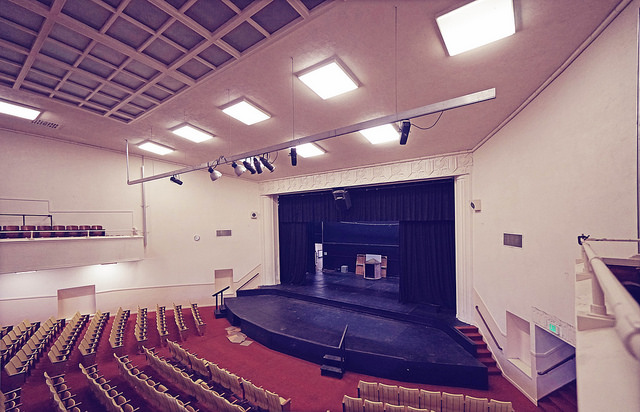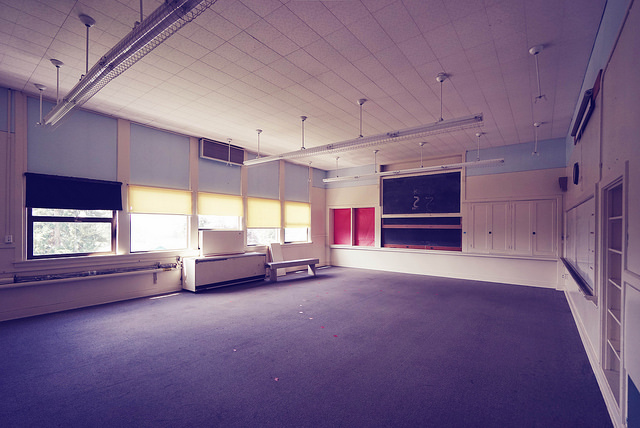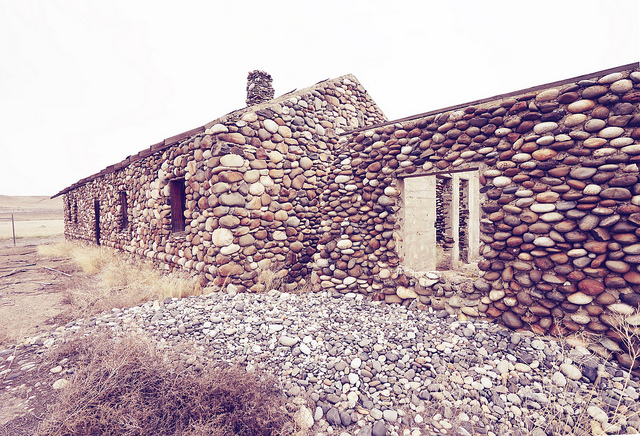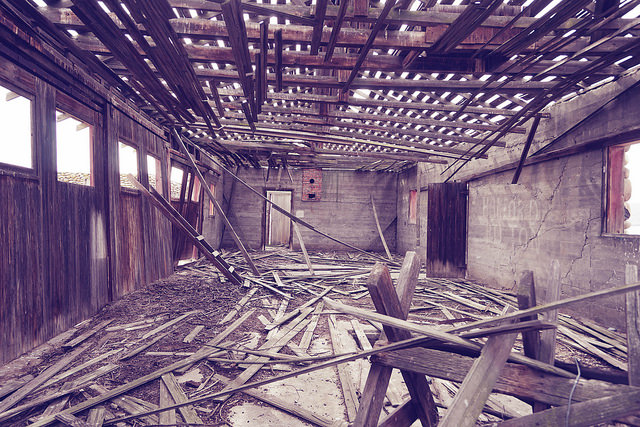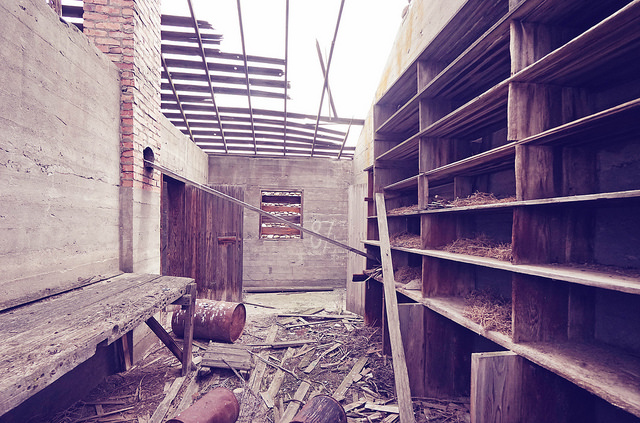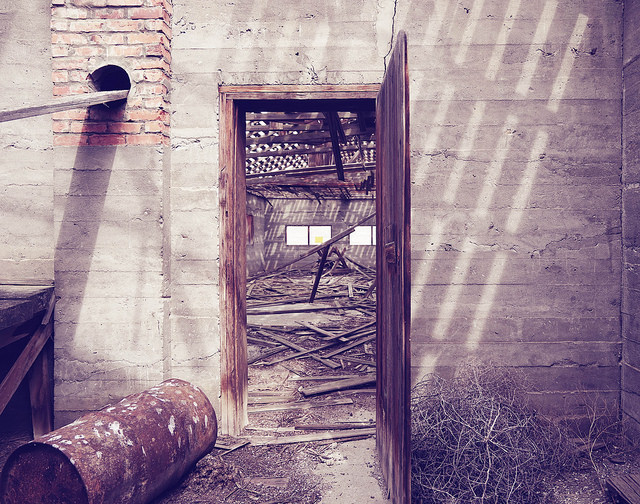Camp Kilworth
Status: Most Endangered Places
Year Listed: 2018
Location: Federal Way, King County
In 1934, William Kilworth purchased 25 acres in the South Sound and immediately deeded the property to the Tacoma Area Council of Boy Scouts. World War I veterans, who were members of the Tacoma Rotary Club, built the centerpiece of the camp in 1935: the Rustic-style Rotary Lodge. Over the decades, several other supporting structures were built, including an outdoor amphitheater that looks out over a dramatic view of south Puget Sound. Today, the property and its shoreline are one of only two places in rapidly growing Federal Way regarded as a highly sensitive environmental area; the high bank coastal forest on the site also serves as a wildlife corridor.
The Boy Scouts owned and operated the camp for over 80 years, but due to declining membership, their operations at Camp Kilworth ceased in 2016. In accordance with a stipulation in William Kilworth’s original 1934 deed, ownership of the property reverts to the Kilworth Family Foundations if the property is not used for scouting. The buildings sit vacant, unheated, and unmaintained, raising fears of demolition by neglect.
A group of local advocates formed the nonprofit Kilworth Environmental Education Preserve, or KEEP, to continue advocating for the property, raising money, and assisting with the preservation of historic structures. Now, Forterra is now in the midst of negotiations to buy Camp Kilworth, with a plan to hold the property in perpetuity with a long-term lease to the Seattle YMCA. While we can’t call this one a “save” just yet, we are hopeful that the current negotiations will result in a reason to celebrate soon!

